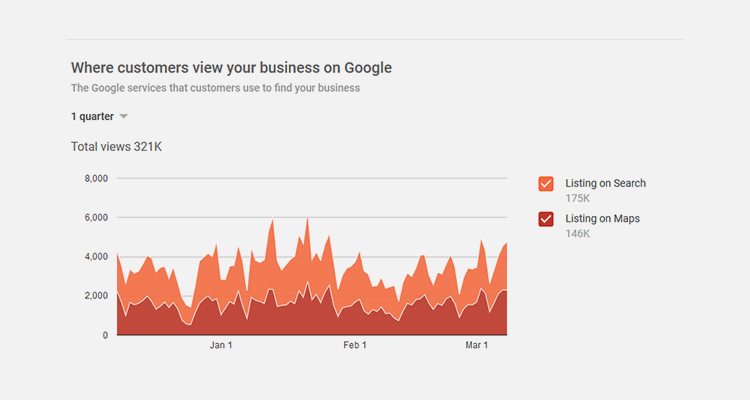Social Media Strategy: Where You Should Start
Has the current pandemic catapulted your small business into the world of social media advertising and e-commerce? In what is already an overwhelming time, starting from scratch on how you’re advertising your small business may seem like too much to take on. Onimod Global is here to help with a guide of where is the best place to start from scratch with a social media strategy.
Audit your current social presence.
Before you are in too deep strategizing about where you need to go, take some time to evaluate where you currently are.
- Which networks are you currently active on?
- Are your current platforms optimized (images, URL, bio, etc.)?
- Which are the most successful for you?
Onimod Global offers a free digital audit that measures your online success in terms of SEO, social media influence, local business optimization, SEM breakdown, and more. Check it out further and get your very own custom digital score.
Define your type of business and ideal customer.
Are you service or product based? Are you primarily B2B or B2C? These are very important questions to determine which socials you need to be focused on creating content and advertisement campaigns for. Every business is unique, but there are industries that perform well on certain social channels versus others. For example, B2B businesses can focus more efforts on social media channels such as LinkedIn and YouTube versus Facebook. These platforms will give you the opportunity to reach your target market in a more direct way. For example, if your company is selling a type of consultancy service, your content is a better match to a professional networking channel such as LinkedIn. B2C businesses, where you’re selling a product or service to anyone and everyone, this can be very successful on social media platforms such as Facebook and Instagram. On these channels, you are able to show your product and service to a target audience that is more likely to convert into sales.
Even the best marketers will fail if they are marketing to the wrong audience. Use the following criteria to help you come up with a highly focused persona of a potential customer:
- Age
- Job Title
- Location
- Pain points (where your business offers their solution)
- Most used social network
Create useful and engaging content.
“Content is where I expect much of the real money will be made on the Internet.” – Bill Gates
This is arguably the most attractive step of creating your social media strategy. From this post, you now know there are several steps that take place before getting to this point. Your social media content needs to always have a purpose behind it. Decide in your team what your mission is for social media. For example, it could be informing and educating your customers on the respective industry and its services. This ensures the content you curate will be attractive and engaging to your audience.
Here are a few examples of content that you can create:
- Images
- Videos
- Interviews
- Company News
- Infographics
Remember that quality content is far more important than the quantity of what you post. However, it is crucial that you consider creating high quality, engaging content as a top priority. Experts at Onimod Global strongly recommend creating a content calendar with specific topics and types of content. This will also serve of great use when looking back on the month and reviewing the performance of your content.
Track and analyze.
This is the most important step, a lot of content creation is about trial and error. Let all of your decisions, both in content and in your business in general, be data driven. Social media strategies are never set in stone, make sure you are always evolving.
Are you in need of more assistance with your social media strategy? Onimod Global is here to help with a custom social media strategy and content plan. Check out the dozens of case studies on our site by clicking here!
More from Onimod Global
Make sure to stay tuned to Onimod Global news for part 2 of this week’s series and learn all about e-commerce and online marketplaces going live Thursday. To catch up on the latest digital marketing news and trends, click here. To find out more about who we are and what we do, click here.


